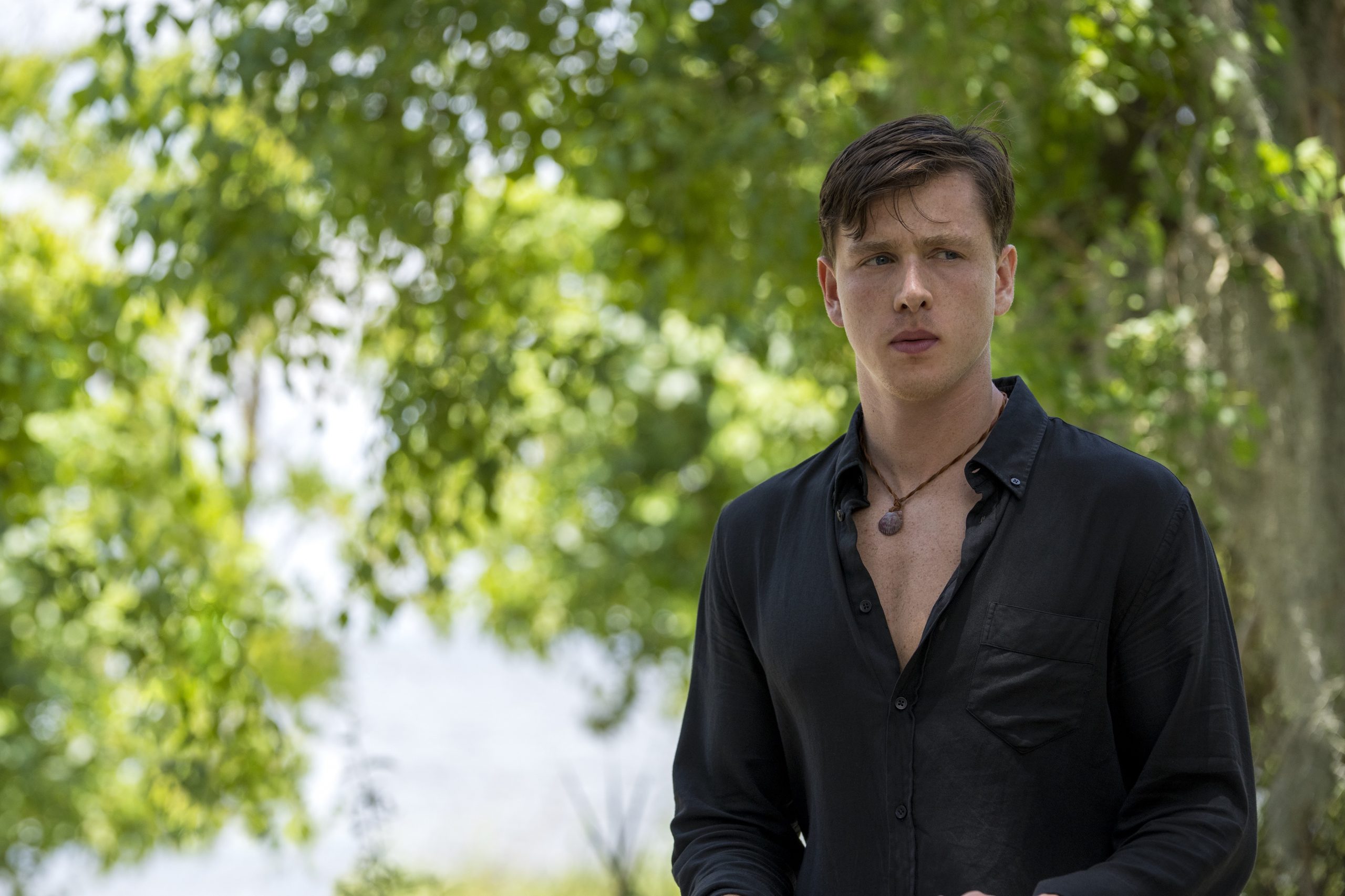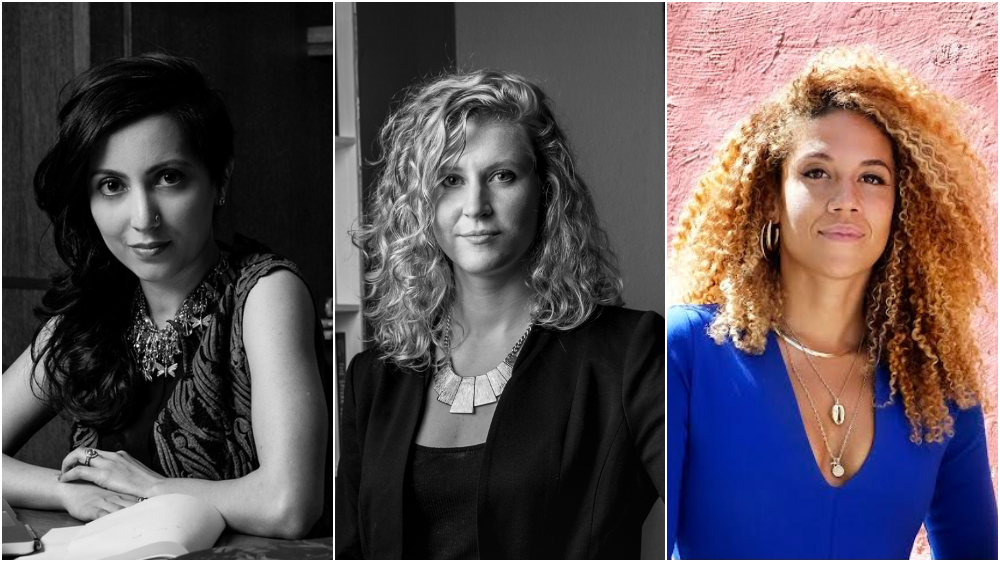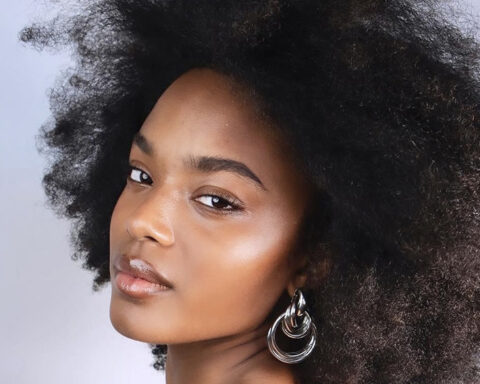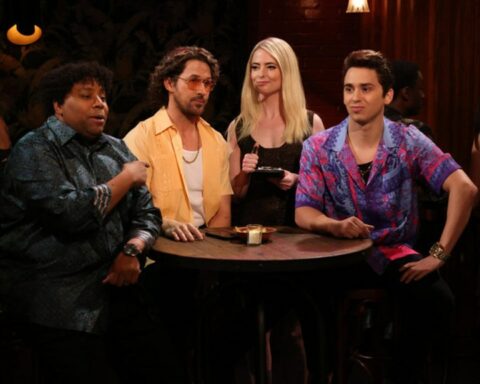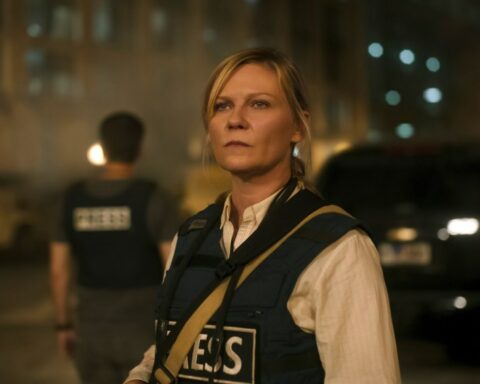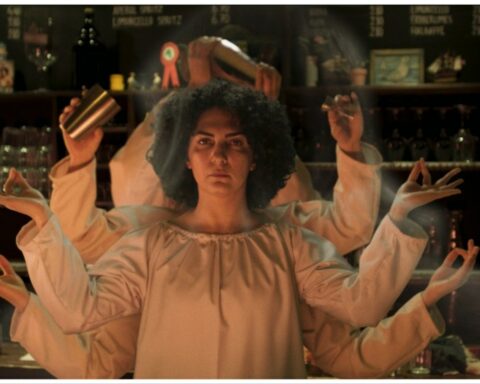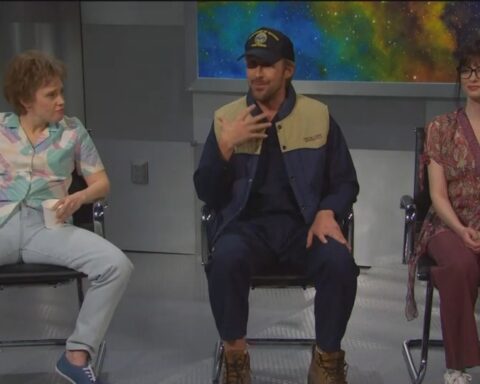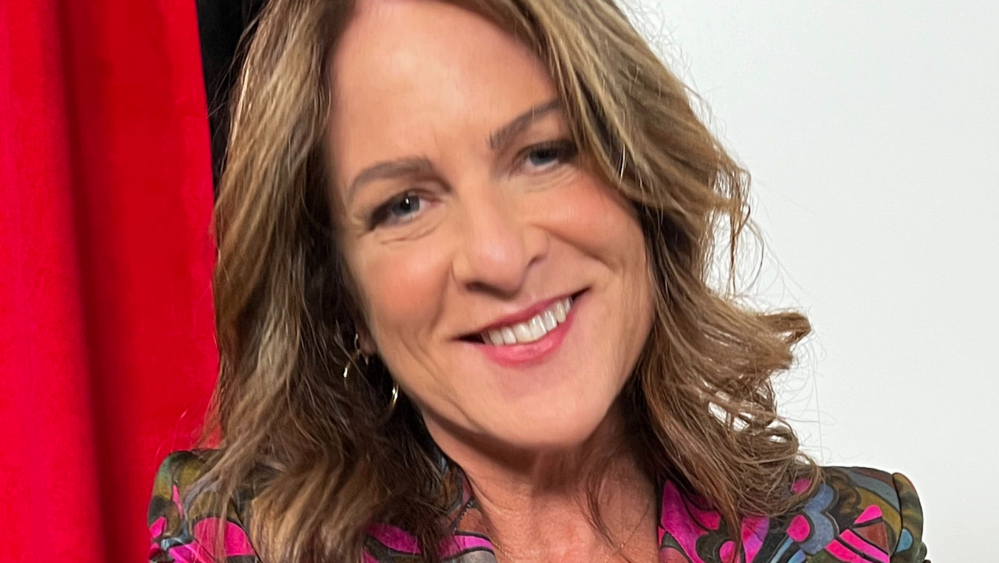
Executive producer Cathy Schulman has been a Hollywood trailblazer for decades. From creating the PGA stamp with fellow producer Kathleen Kennedy to heading Women in Film as president for years, the former president of production at STX is seeing her work come to fruition in Gina Prince-Bythewood’s “The Woman King.”
Schulman, who built a career attached to films such as “Crash,” “Bad Moms” and Showtime’s “The First Lady,” has sought to tell stories about marginalized voices.
Here, Schulman talks with Variety about the film’s success, diversity in Hollywood and progress.
Can you take us through the journey of “The Woman King,” working with JuVee Productions (Viola Davis and Julius Tennon’s production company) and attaching Gina to the project?
After having developed this project for three years, it was time to identify a director. Both Viola and I are enormous fans of Gina’s work, specifically, “Love and Basketball.” She was in the process of editing “The Old Guard” and I asked her manager at the time if she would be able to get us in to see Gina at work. And we saw it, and it was fabulous. Her handling of the action made her the perfect candidate.
Later, she came in and it was clear that she had a very personal connection to Nanisca’s (Davis’ character) trauma. She cried in the room when she was talking about how important such a story would be to tell.
The film has been a tremendous success at the box office. Why do you think this connected with audiences?
There are several things that happened and some of them have to do with timing, and some of them have to do with audience identification. It is a whole combination of things.
As a producer, what made this a different kind of situation was that pitching why a movie would stand out and be different became a positive. In the past, I always have caught up with a little of this and a little bit of that and remembered this worked and that worked.
We’ve also been able to educate buyers, more over the last number of years, through all the advocacy happening. With Women in Film and ReFrame, organizations that I’ve been involved with, and gender-based activism, we’ve been able to prove the strength of the female marketplace, because it’s real. Over 70% of content is bought by women and girls and frankly, diverse women and girls. So, why not make a movie for the majority instead of the minority?
You’ve also got this enormously starved audience of Black women who have not seen their stories and their faces in content.
We’re also kind of exhausted by exaggerated action, which happens a lot with comic book movies. They will continue to perform well, but we’ve become so immersed in this fantastical action that the notion of grounded action suddenly felt new again
You mentioned ReFrame, and on “The Old Guard,” Gina recruited an 85% female crew. How important is it that directors embrace this pattern?
Nothing is more important to me, and starting with that, having worked on Women in Film and building up that organization, I felt that the place that the organization still needed to go was to put together more systemic teams. The goal of Women in Film has been primarily about the inclusion of women in all of the different screen industry jobs and getting them introduced and supported.
What was really clear to me in running that organization and being so involved as an activist was the fact that we were stopping short. We didn’t even have the bandwidth, and now, we’ve got these women immersed in the pipeline, how do we actually get them hired? That’s a different concept. How can we influence studios and networks and streamers to hire women? That requires leveraging and a process which is to involve a number of people who have influence. We call them ambassadors in the organization they are career experts in different fields, putting pressure on financiers to make decisions that are conscientious about inclusion.
ReFrame focused on marketplace research. If the marketplace is there to buy the product, then the person who can finance the product will make it right. So, how do you then create content that feels essentially female? Well, you have to change the decision-making table to be inclusive of women. So, at the same time we were trying to instruct and enable the studios, the networks and the streamers to understand that they have to have decision-makers who are 50% male and 50% women, and diverse. You have to do the same thing on movie sets to make sure that you’ve got an environment where all expressions can be included.
Are you seeing a change?
I think we’re doing better in television than we are in feature films. We’re doing better with streamers than we’re doing with major motion picture studios. I think we’re doing better with diversity than we are with inclusion. We are getting better at making sure that people have different races, ethnicities, religions and sexual orientations are being hired. We’re still not necessarily hearing what they have to say and we’re not at a place where they’re being paid at parity levels, with white males. So, we are making progress, there’s no question about it.

